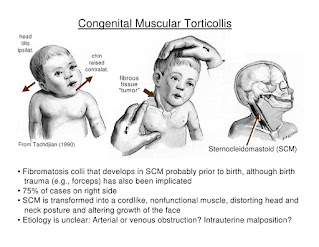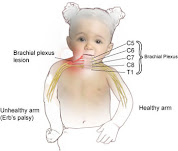OSTEOPOROSIS :
I T IS THE GENERIC TERM REFERRING TO STATE OF DECREASED MASS PER UNIT OF A NORMALLY MINERALISED BONE DUE TO LOSS OF BONE PROTEINS.
IT IS THE MOST COMMON SKELETAL DISORDER NEXT ONLY TO ARTHRITIS.
CAUSES:
1) DISUSE: PROLONGED BED REST OR INACTIVITY
PROLONGED CASTING OR SPLINTING
PARALYSIS,SPACE TRAVEL ETC.
2) DIET: CALCIUM,PROTEIN LOW IN DIET
CHRONIC ALCOHOLISM
3) DRUG WHOSE PROLONGED USE CAUSES OSTEOPOROSIS
4) IDIOPATHIC
5) GENETIC
6) CHRONIC ILLNESS
7) NEOPLASM
TREATMENT:
- REST,ANALGESIC AND ANTI INFLAMMATORY DRUGS.
- MUSCLE RELAXANTS AND SUPPORTS LIKE BELTS,COLLAR ETC.
- HIGH PROTEIN AND CALCIUM DIET
- BIPHOSPHONATES
- ACTIVE AND GRADUALLY STRENTHENING EXERCISE














